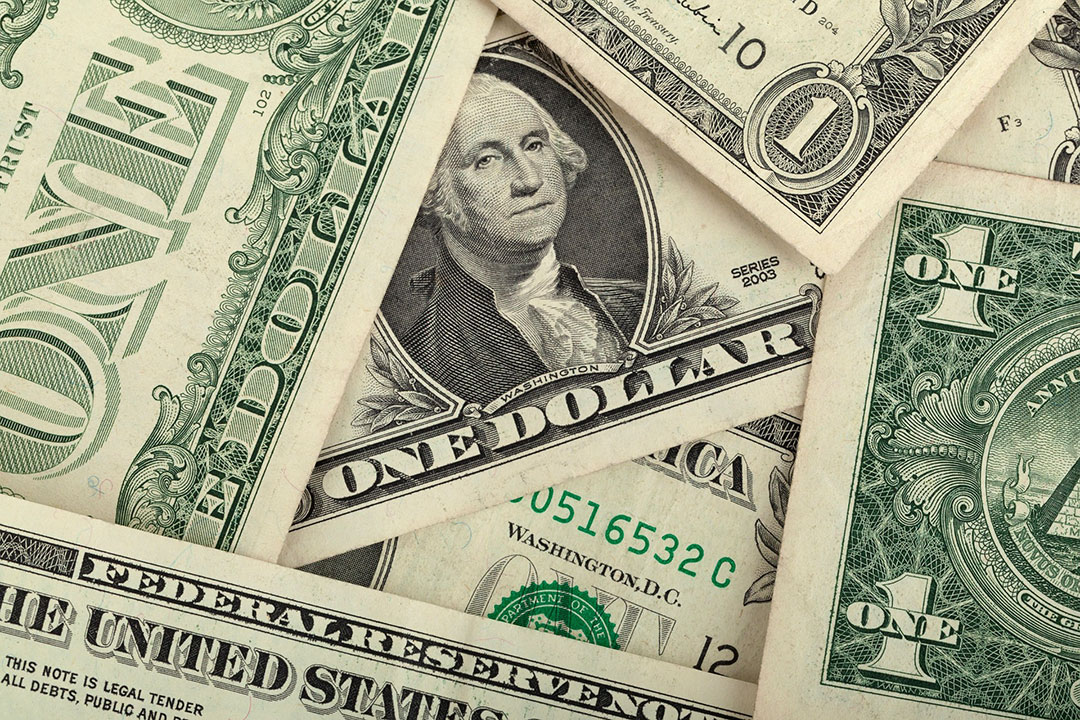




Quarterly Economic Growth Release: More BSP cuts to come
 DOWNLOAD
DOWNLOAD

Monthly Economic Update: Fed catches up
 DOWNLOAD
DOWNLOAD

Inflation Update: Steady and mellow
 DOWNLOAD
DOWNLOAD


Securing ‘A’ credit rating difficult as fiscal issues remain

Securing an “A” level sovereign credit rating by the end of the Marcos administration may be difficult as persistent underspending and the lack of reforms to improve revenue generation continue to constrain the Philippines’ growth prospects, analysts said.
“Getting an ‘A’ rating requires marked improvement in government finances and capacity to pay,” Enrico P. Villanueva, senior lecturer of economics at the University of the Philippines Los Baños, said via Messenger chat.
“An ‘A’ rating in five years is not impossible but requires hard work in terms of plugging holes in tax collection, purging corruption in revenue and spending activities, and improving prospects for growth,” he added.
The Philippines currently holds investment grade ratings with the three major debt watchers. Fitch Ratings rates the country at “BBB,” Moody’s Ratings at “Baa2,” and S&P Global Ratings at “BBB+.”
All three also assigned a “stable” outlook to their ratings for the country.
The government is aiming to achieve an “A” level rating by 2028 or the end of the Marcos administration. The Finance department earlier said that it organized, along with the central bank, an interagency committee for the “Road to A Credit Rating Agenda” back in 2019.
“An ‘A’ rating of course is a good sign for investors. But the question is: Will we get there? In fact, we should have already attained that status if only this administration undertook the reforms that would have addressed fiscal consolidation without sacrificing growth,” Filomeno S. Sta. Ana III, coordinator of Action for Economic Reforms, said via Messenger chat.
He said the government should have raised its tax effort through reforms to help reduce its deficit.
“It could have also reduced the fiscal deficit by undertaking the reform of the military and uniformed personnel pension system, among other things.”
Latest data from the Bureau of the Treasury (BTr) showed that the National Government’s (NG) posted a budget surplus of P88 billion in January.
In 2023, the NG’s fiscal deficit narrowed by 6.32% to P1.51 trillion. However, it exceeded the P1.499-trillion ceiling set by the government.
As of end-2023, the deficit as a share of gross domestic product (GDP) settled at 6.2%. This was a tad higher than the 6.1% target set by the government but lower than the 7.3% ratio at end-2022.
Mr. Sta. Ana also noted the government’s issue of underspending.
“Underspending is an incorrect way of narrowing the deficit, for this results in slower growth. The correct approach is to increase revenues and at the same time remove the fat in the budget,” he said.
“The government is not serious about tax policy reform and is cutting spending that is necessary for human development but at the same time is increasing inefficient spending for partisan purposes. Do you think that this will lead to a credit grading upgrade? On the contrary, a credit downgrade can happen, unless the government reverses course,” Mr. Sta. Ana added.
The Philippine economy grew by 5.6% in 2023, falling short of the government’s 6-7% target and much slower than the 7.6% expansion in 2022 as state spending declined.
Government spending posted flat growth of 0.4% last year, slower than 4.9% in 2022.
In the fourth quarter alone, spending contracted by 1.8%, causing GDP growth for that period to slow to 5.6% from 6% in the third quarter and 7.1% expansion a year prior.
National Economic and Development Authority Secretary Arsenio M. Balisacan had said that the slower state spending seen last year was “intentional” due to the government’s fiscal consolidation plan.
For his part, IBON Foundation Sonny A. Africa said there is “little basis” for a credit rating upgrade if looking at recent macroeconomic indicators.
“The country’s external debt ratio, external debt service burden, current account deficit, NG deficit and NG revenues are all still much worse than before the overlong pandemic lockdowns,” he said in a Viber message.
Data from the central bank showed that the country’s outstanding external debt hit a record-high $125.4 billion at the end of December, up by 12.7% from $111.3 billion at end-2022. It was also equivalent to 28.7% of GDP.
The external debt service burden surged by 73.9% to $14.752 billion last year from the $8.483 billion recorded at end-2022.
Meanwhile, the NG’s outstanding debt hit a record P14.79 trillion as of end-January, data from the BTr showed. As of end-2023, outstanding debt as a share of GDP stood at 60.2%.
The BSP also reported a current account deficit of $11.2 billion in 2023, equivalent to 2.6% of GDP.
“Also, over that same period, economic growth (has slowed), the peso has depreciated, overseas remittances have slowed, and international reserves have depleted,” Mr. Africa added.
To improve the country’s credit rating, Mr. Villanueva said there must be efforts to improve Customs duties collection, mitigate smuggling, reduce corruption, and ensure efficient spending in line with the country’s development plan.
He also noted the importance of improving the ease of doing business and focusing on growth drivers like tourism and creative industries, among others. — By Luisa Maria Jacinta C. Jocson, Reporter
This article originally appeared on bworldonline.com





 By BusinessWorld
By BusinessWorld